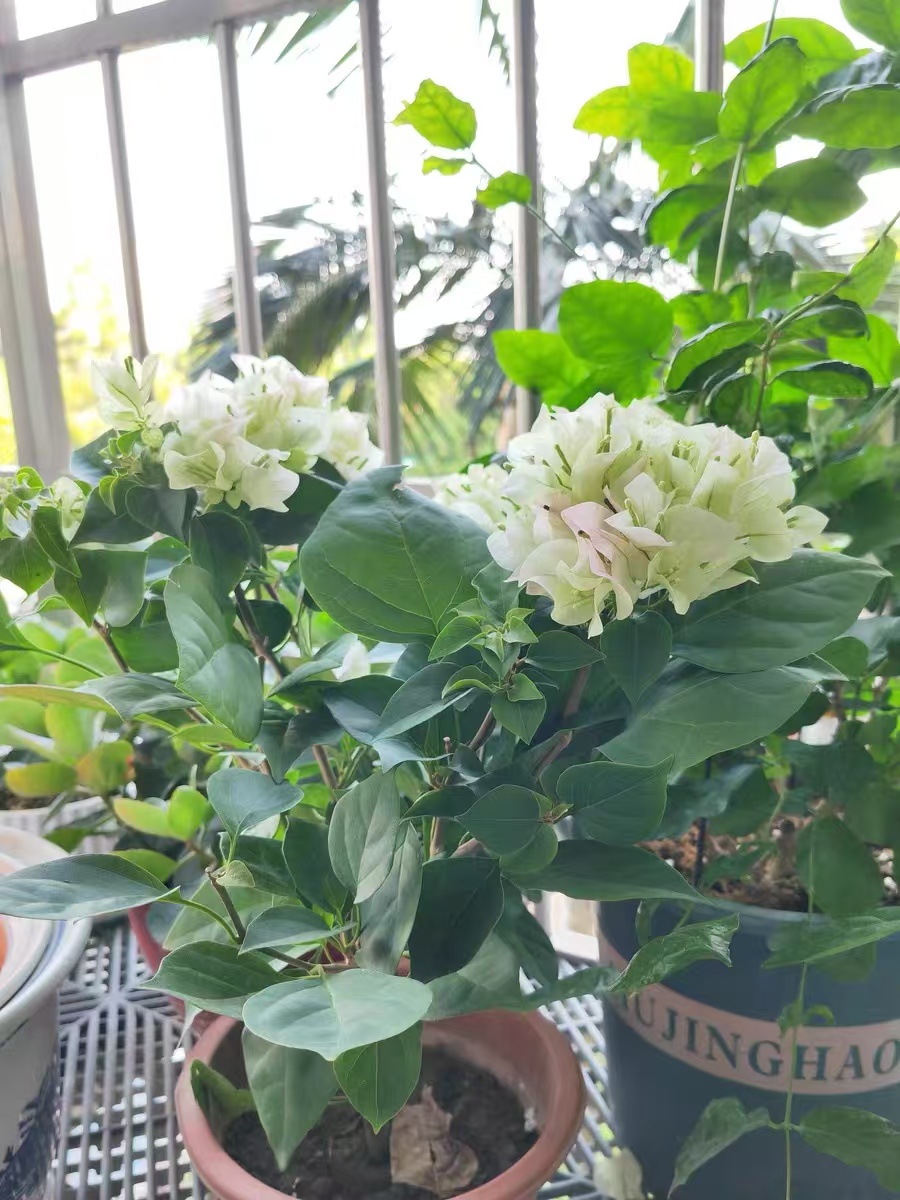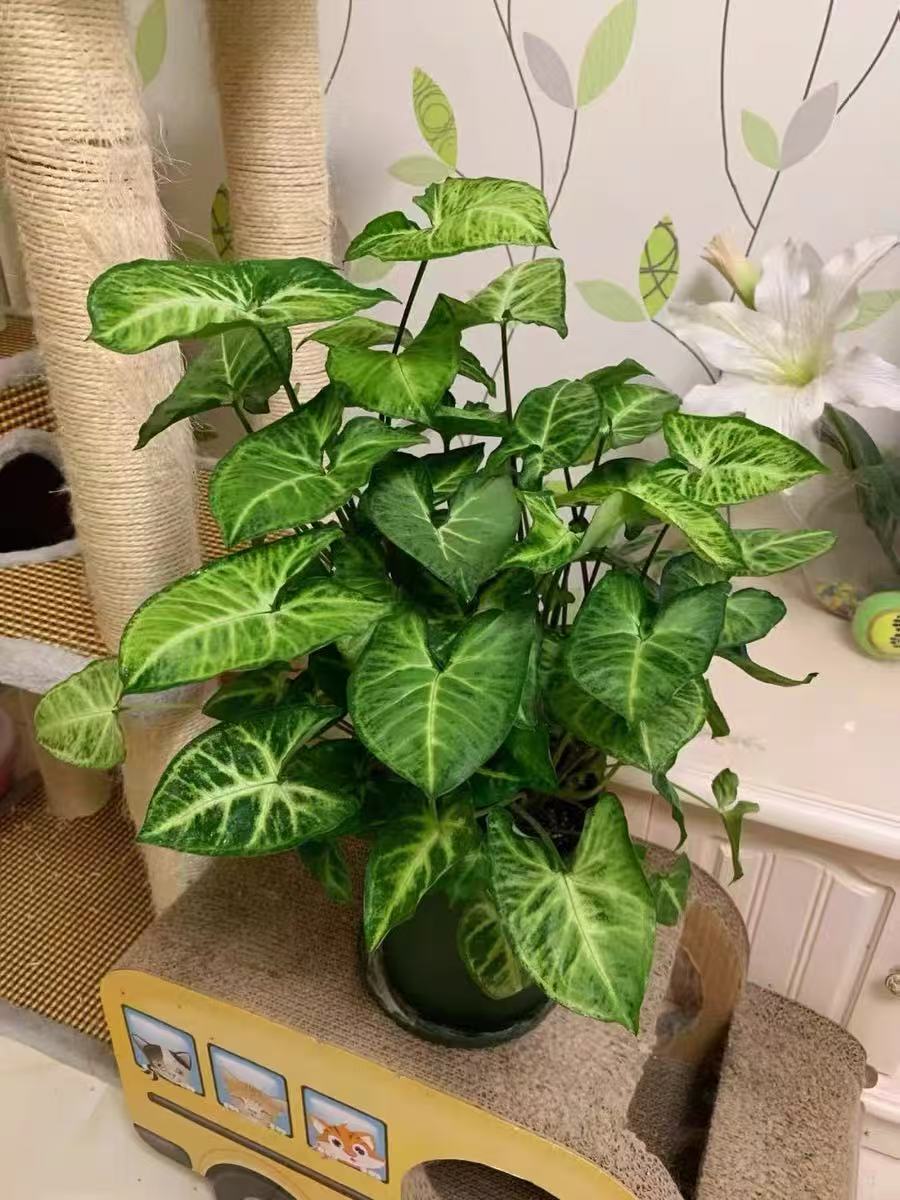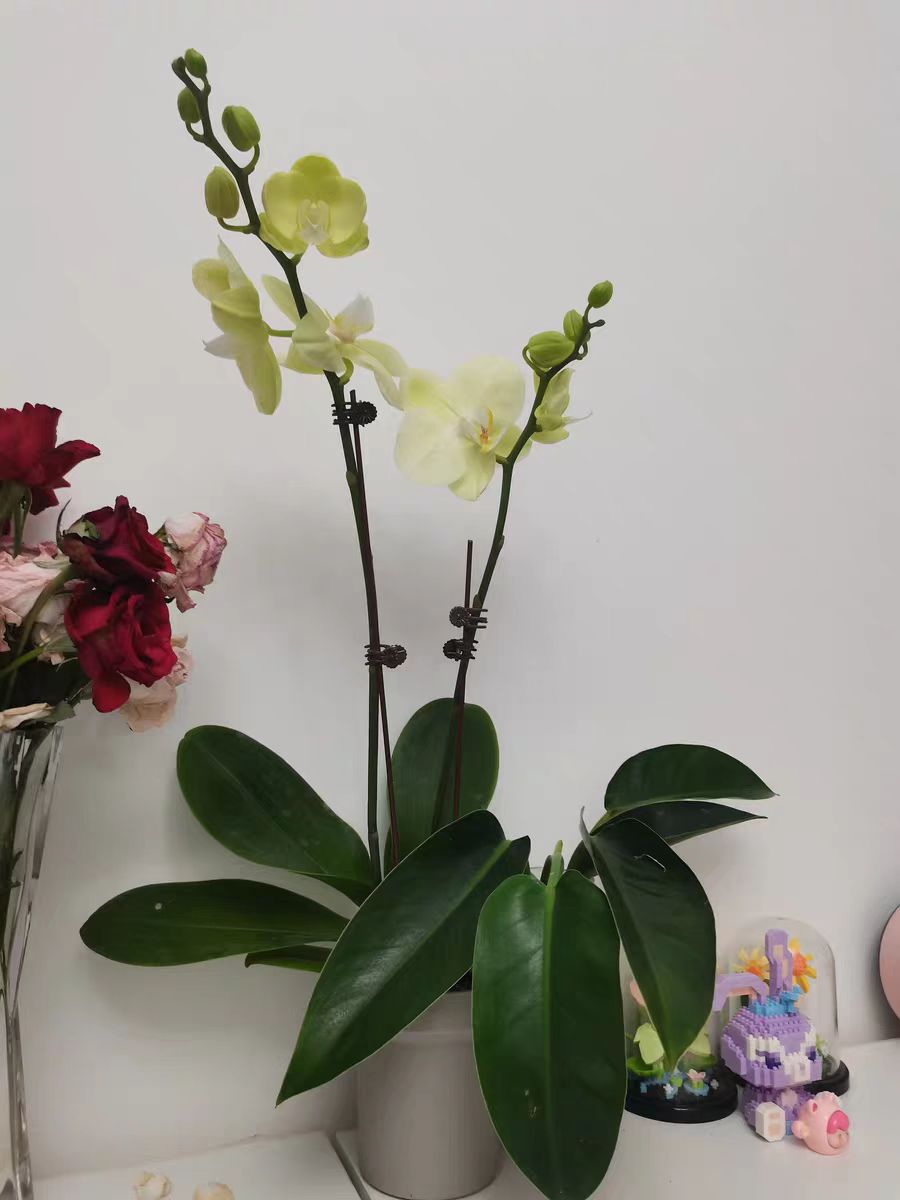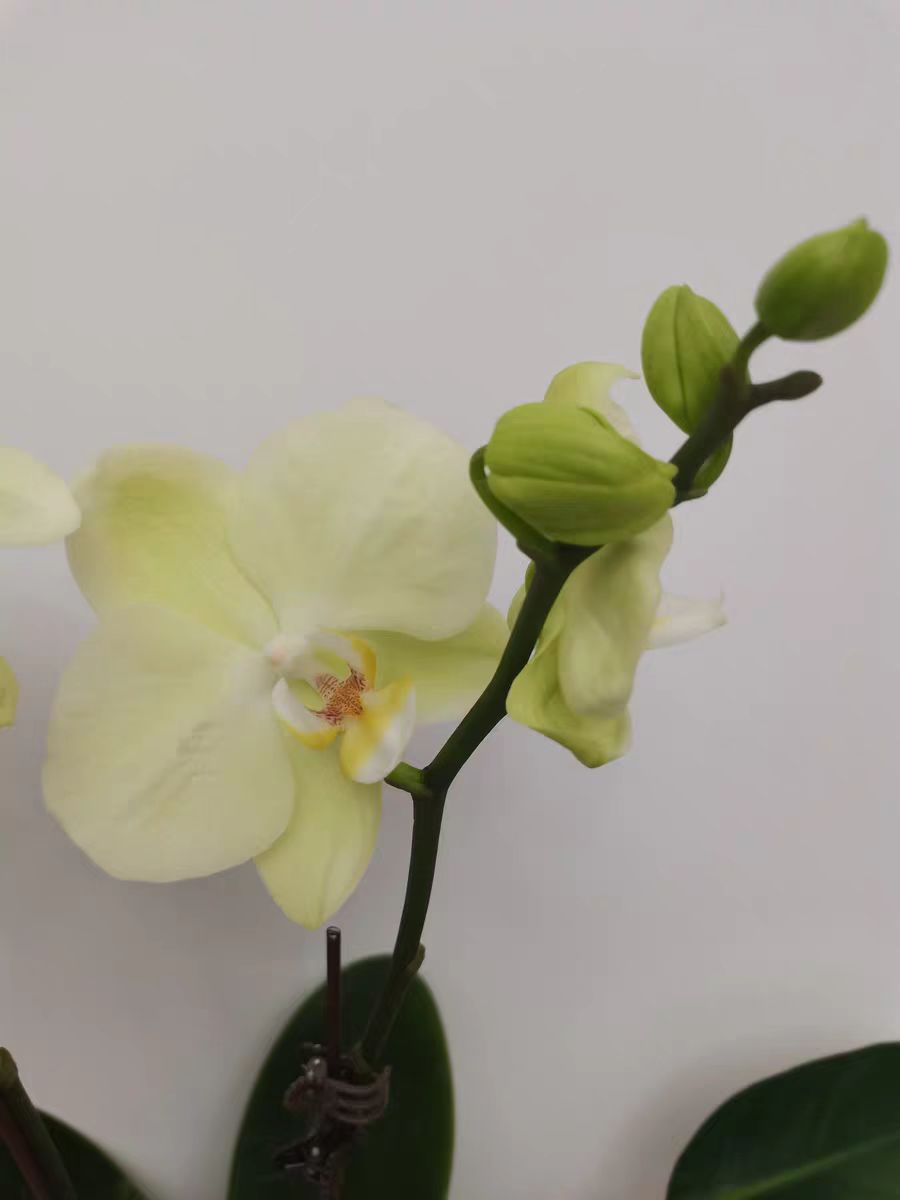In winter in the southern region, although the temperature is relatively low, there are still many flowers that can bloom beautifully in this season. This article will introduce several flower varieties suitable for cultivation in winter in the southern region, as well as the corresponding flower cultivation techniques, helping you create a warm sea of flowers at home.
Herbaceous Begonias
Herbaceous begonias include Begonia semperflorens, Begonia × hiemalis, and Begonia tuberhybrida, etc. They have lush flowers and rich colors, and are excellent choices for indoor viewing in winter. Herbaceous begonias have average cold tolerance and are suitable for the warm climate in winter in the southern region. They bloom profusely and have a long flowering period, which can add a touch of brightness to your home environment.
Ranunculus asiaticus (Persian Buttercup)
Ranunculus asiaticus blooms neatly with layers of petals, looking very beautiful. It has diverse varieties and rich colors, and is an excellent choice for potting and cut flowers.
Ranunculus asiaticus prefers weak light and avoids direct exposure to strong light. In winter in the southern region, the soft sunlight and suitable temperature are helpful for its growth and blooming.
Bougainvillea
Bougainvillea is a native flower in the southern region. Its flowering period can last throughout the winter, and it has rich colors, adding much color to the city. Bougainvillea has relatively strong cold tolerance and adapts to the climate conditions in winter in the southern region. Its unique flower shape and rich colors make it a popular variety in the winter flower market.
Hibiscus rosa-sinensis
Hibiscus rosa-sinensis likes warmth and fears cold, and is a plant that blooms all year round. In the southern region, Hibiscus rosa-sinensis can bloom throughout the year, making it very suitable for viewing in winter. Hibiscus rosa-sinensis has large and gorgeous flowers and can be planted both in pots and in the ground. Its tenacious vitality and continuous blooming ability make it the top choice for flower cultivation in winter in the southern region.
Techniques for Flower Cultivation in Winter in the Southern Region
• Although it is warm in winter in the southern region, the temperature difference between morning and evening is relatively large. Flowers should be placed near a warm and sunny windowsill, avoiding being directly blown by cold wind. For flowers with poor cold tolerance, a small electric heater can be used to locally increase the temperature of the flowers, but attention should be paid to electrical safety.
• The air is dry in winter, and a humidifier can be used to increase the air humidity, or a water basin can be placed around the flowers to increase the humidity through water evaporation. At the same time, it is necessary to avoid placing the flowers too close to the heating radiator to prevent the leaves from being dried out.
• Flowers grow slowly in winter, and their demand for water is greatly reduced. Generally speaking, watering once every 7 to 10 days is sufficient. The best time to water is at noon when the temperature is relatively high, avoiding watering in the morning or evening to prevent the water temperature from being too low and freezing the roots. When watering, water thoroughly but do not allow water to accumulate to avoid root rot.
• Flowers grow slowly in winter and do not need too much fertilizer. A phosphorus-potassium fertilizer can be applied once before winter to enhance the cold resistance of the flowers. Try to apply less fertilizer or no fertilizer throughout the winter to avoid fertilizer damage. If a flower shows signs of poor growth in winter, a small amount of diluted liquid fertilizer can be applied, but the concentration should not be too high.
• Dead branches, diseased branches, and withered flowers of the flowers should be cut off in a timely manner to reduce nutrient consumption and maintain the beauty and health of the plants. At the same time, attention should be paid to pest and disease prevention and control, keeping the indoor ventilation good, regularly checking the leaves and branches of the flowers, and once signs of pests and diseases are detected, corresponding prevention and control measures should be taken in a timely manner.
Through the above introduction, I believe you have already had a preliminary understanding of the flower varieties suitable for cultivation in winter in the southern region and the flower cultivation techniques. In the leisure time of winter, you might as well try to plant these beautiful flowers at home to add a touch of vitality and fun to life.
What are the flower varieties suitable for cultivation in winter in the southern region?

Share with
Tagged in :




Leave a Reply